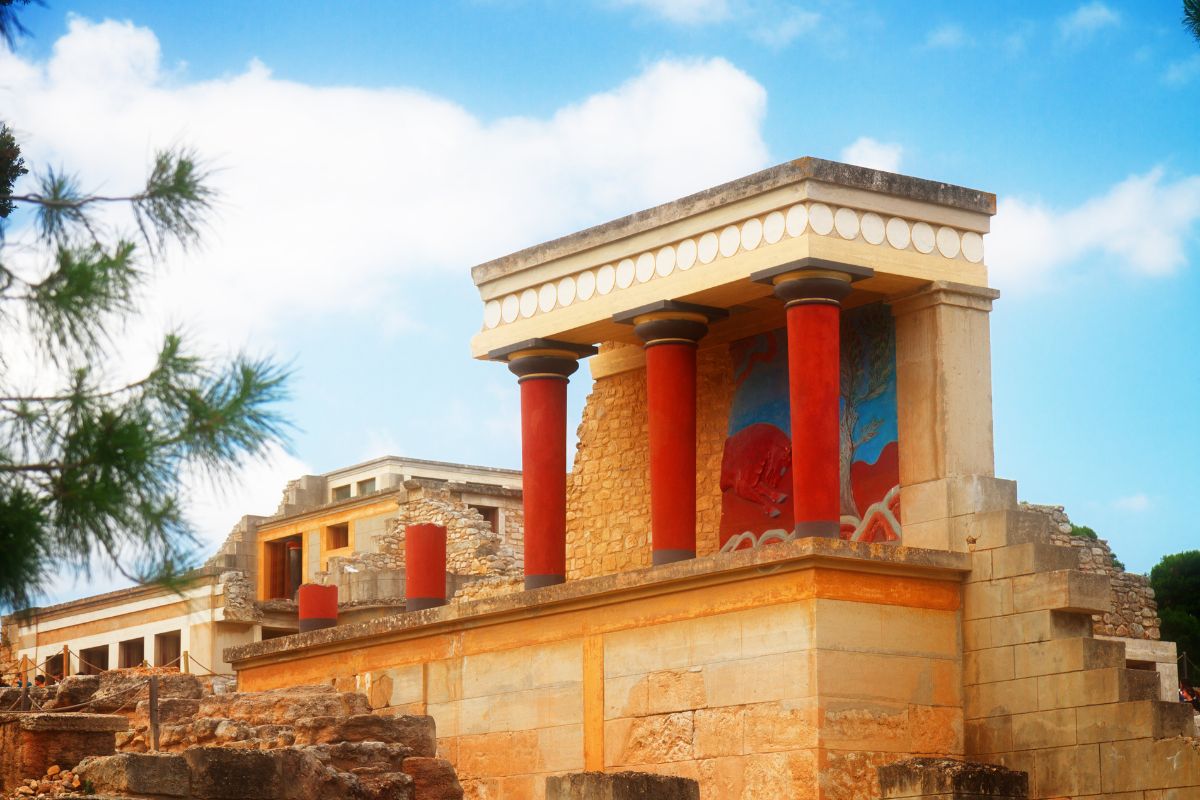Discover Hidden Gems: Visit Crete in 2024
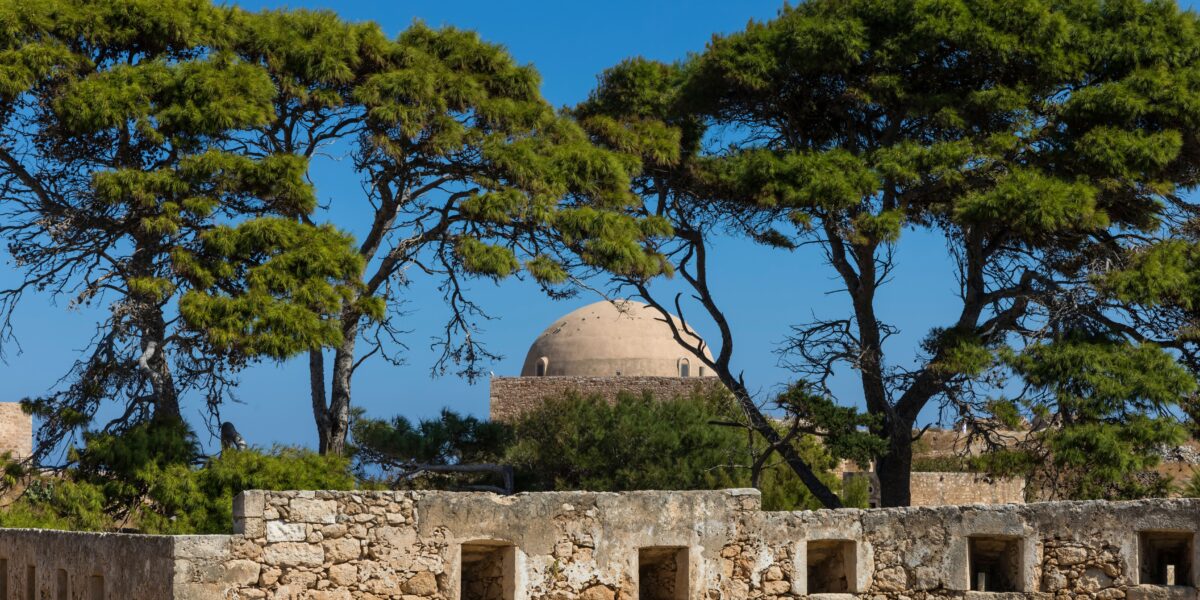
Planning to visit Crete this summer?
In this blog, we will take a closer look at the key highlights of Crete, unveil the beauty of the island, provide tips on preparing for your trip, and guide you on how to get to and around Crete. So, pack your bags and get ready to visit Crete in 2024.
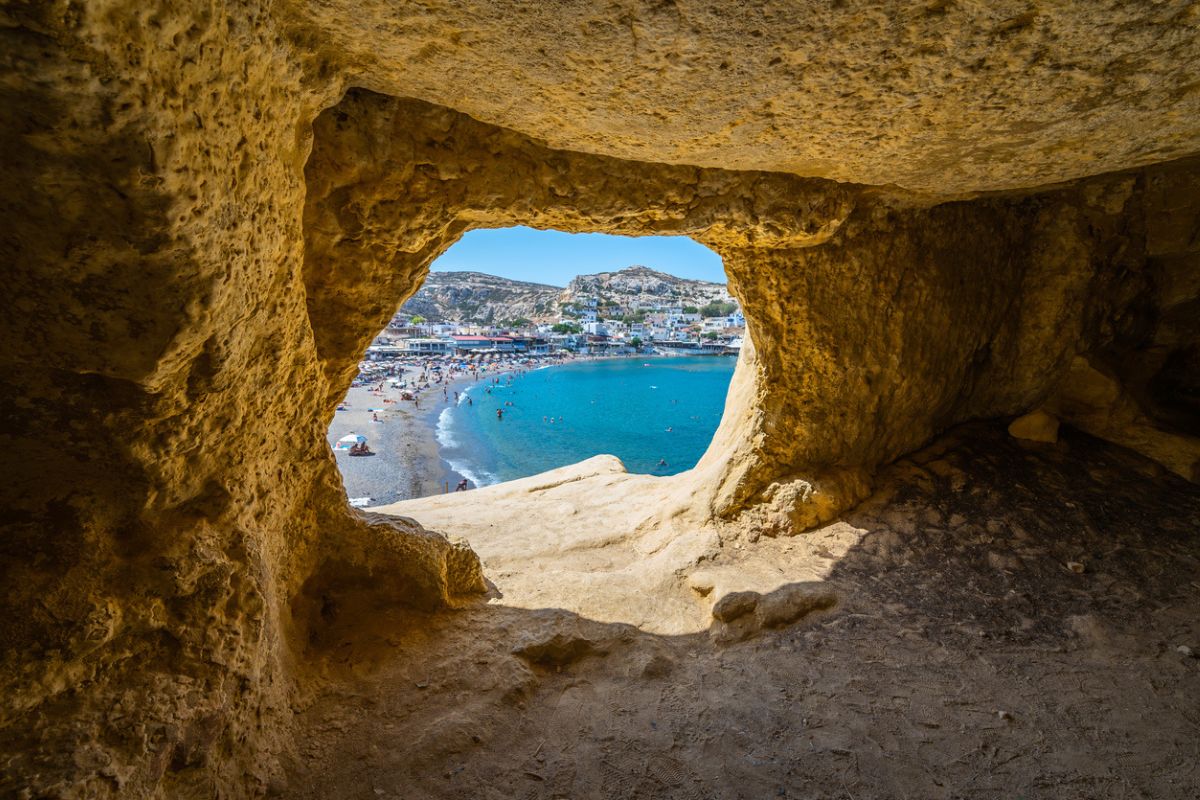
Unveiling the Beauty of Crete
The island boasts beautiful beaches with crystal-clear turquoise waters, framed by stunning mountains and cliffs. From the famous Elafonissi Beach to Samaria Gorge, Crete has a unique charm and character.
Why Crete Stands Out Among Greek Islands
Crete stands out among the Greek islands for several reasons. Firstly, it is the largest island in Greece, offering endless opportunities for exploration. Secondly, Crete has a rich history that dates back to the ancient Minoan civilization. Lastly, Crete boasts a unique culture and tradition, with its dialect, cuisine, and customs.
A Glimpse into Crete’s Rich History and Culture
The island was once home to the ancient Minoan civilization, one of the oldest and most advanced societies in Europe. Today, visitors can see remnants of this civilization at the Minoan Palace of Knossos, an impressive archaeological site that offers a glimpse into the past. Various other civilizations have also influenced Crete throughout history, including the Venetians who left their mark with their fortresses and architecture.
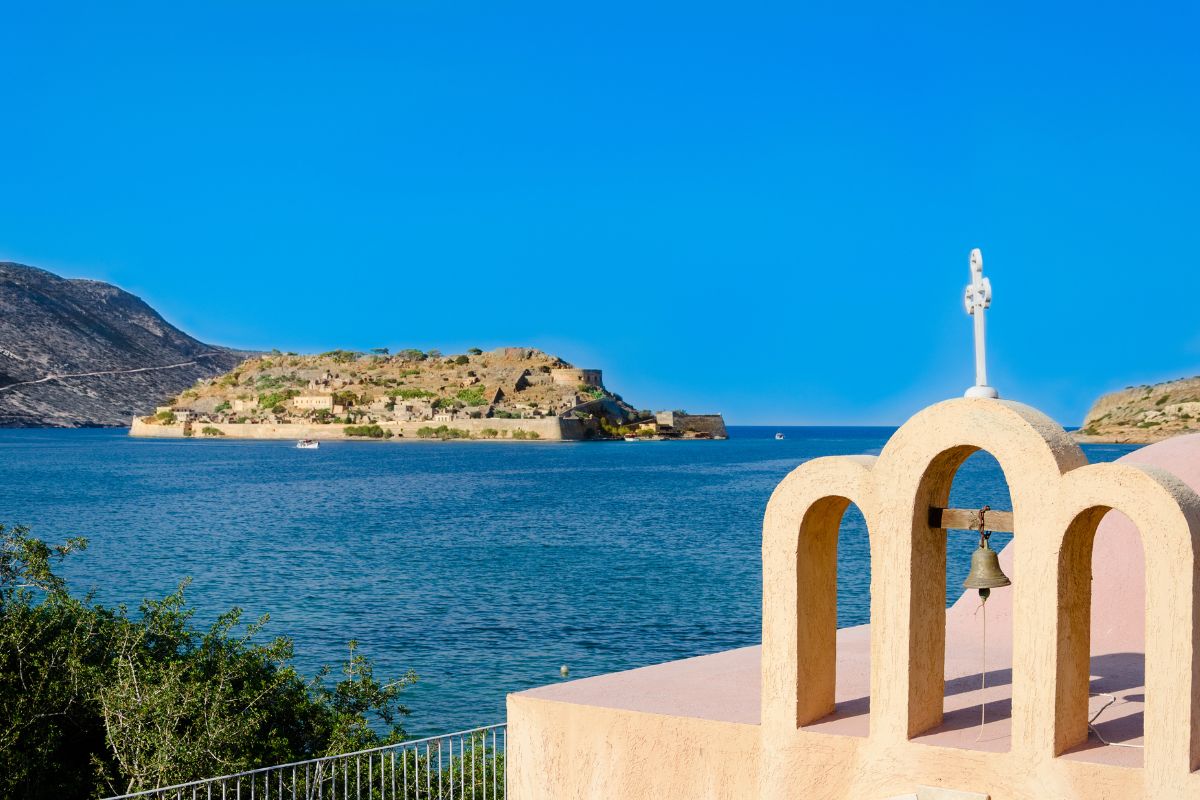
Preparing to Visit Crete
Before you visit Crete, it’s important to prepare for your trip.
Understanding Crete’s Climate to Choose the Best Travel Time
This island’s climate is key to choosing the best time to visit Crete. Crete enjoys a Mediterranean climate, with hot, dry summers and mild, damp winters. The best time to visit Crete is during the shoulder seasons of October and June. During these months, the weather is pleasantly warm, with temperatures ranging from the mid-70s to mid-80s Fahrenheit. The shoulder seasons also offer fewer crowds.
What is the Ideal Duration for a Trip to Crete?
While it is possible to visit some of Crete’s highlights in a day trip, it is recommended to spend at least a few days on the island to truly experience its beauty and attractions. A week-long trip allows for a more comprehensive exploration of the island, including visits to historical sites, relaxing on the beautiful beaches, and sampling the local cuisine. If you have more time, you can explore some of the lesser-known areas of Crete.
Getting to Crete
Getting to Crete is relatively easy, with several transportation options available. The island has two international airports: Heraklion International Airport and Chania International Airport. These airports are well-connected to major cities in Europe and offer direct flights from various airlines. Alternatively, you can reach Crete by ferry from Athens’ Piraeus Port. Ferries operate regularly and offer a scenic way to reach the island. When choosing between air and sea travel, consider factors such as cost, convenience, and the duration of your trip.
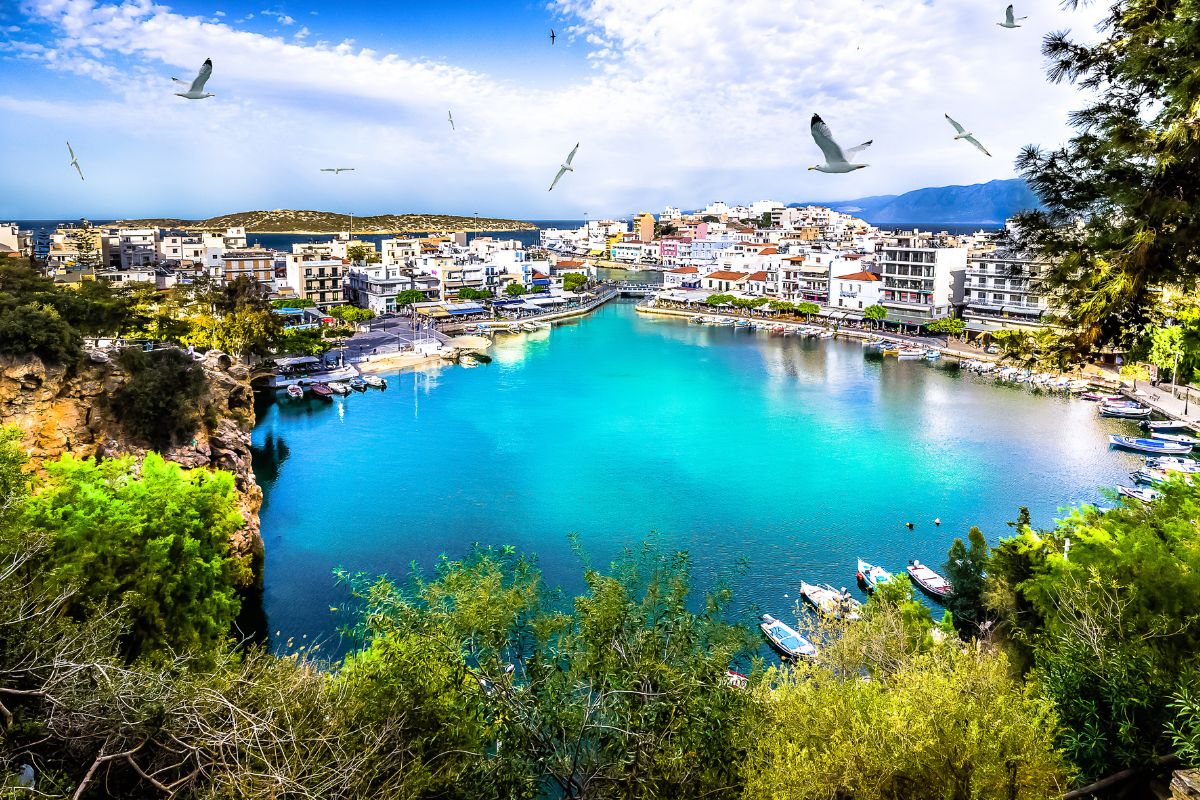
Where to Stay when you visit Crete
Crete offers a diverse range of accommodations to suit every traveler’s preference. For those seeking luxury and comfort, Elounda and Chania are excellent options. If you prefer a more authentic experience, quaint guesthouses in charming villages such as Agios Nikolaos or Rethymno provide a glimpse into the local way of life.
Heraklion
Heraklion, the capital of Crete, is a vibrant city with a rich history and plenty of attractions to explore. Start your visit with a trip to the Heraklion Archaeological Museum, which houses a vast collection of artifacts from the Minoan civilization. Next, head to the Minoan Palace of Knossos, located just outside the city. This ancient palace complex offers a fascinating glimpse into the Minoan civilization and its advanced architecture. Don’t miss the chance to explore the Venetian Fortress of Koules, a historic landmark that offers panoramic views of the city and the sea. Heraklion is also known for its lively markets, where you can sample local produce and traditional Cretan delicacies.
Chania
Chania, located on the northwest coast of Crete, is a charming city known for its picturesque Old Town and stunning Venetian architecture. Wander through the narrow streets of the Old Town and admire the Venetian, Turkish, and Greek influences in the architecture. Explore the beautiful Venetian fortress, which offers panoramic views of the city and the sea. The Chania region is also home to some of the most beautiful beaches in Crete, such as Elafonissi Beach with its pink sand and turquoise waters. Don’t miss the opportunity to dine in one of the many waterfront restaurants and sample traditional Cretan cuisine.
Rethymno
Rethymno, located on the northern coast of Crete, is a small town with a rich history and charm. Explore the narrow streets of the Old Town and admire the Venetian and Ottoman architecture that characterizes the area. Don’t miss a visit to the Venetian fortress, which offers panoramic views of the town and the sea. Rethymno is also known for its beautiful beaches, where you can relax and soak up the sun.
Agios Nikolaos
Step-by-Step Guide to Exploring Crete
Embrace the essence of Crete by charting your adventure through this Mediterranean gem.
Step 1: Embrace Crete’s Natural Beauty
To truly experience the beauty of Crete, start by embracing its natural wonders. The island is blessed with stunning landscapes, from its turquoise waters to its beautiful beaches. Spend a day lounging on the pristine shores of Elafonissi Beach, where the pink sand and shallow, turquoise waters create a picture-perfect setting. Explore the secluded Balos Lagoon, with its white sand and mesmerizing blue waters. For a more adventurous experience, hike through the Samaria Gorge, surrounded by towering cliffs and lush vegetation. The gorge is a paradise for nature lovers, offering breathtaking views and the chance to spot unique flora and fauna.
Step 2: Dive into the Historical Sites
Dive into the island’s rich past by visiting the Palace of Knossos, the grandest Minoan palace, and one of the most significant archaeological sites in Crete. Walk through the labyrinthine corridors and marvel at the intricate frescoes and ruins that offer a glimpse into the Minoan civilization. Explore other historical sites such as ancient tombs, temples, and fortresses scattered across the island.
Step 3: Savor the Local Cuisine
The island is known for its culinary delights, which are a reflection of its rich history and bountiful natural resources. Explore the lively markets of Heraklion and Chania, where you can taste and purchase local products like olive oil, honey, and aromatic herbs. Sample traditional Cretan dishes such as dakos, a salad with tomatoes, feta cheese, and bread, or enjoy a plate of fresh seafood caught from the surrounding waters. Don’t miss the opportunity to dine in the great restaurants that offer a wide range of Cretan specialties.
Step 4: Engage in Outdoor Activities
Crete offers a plethora of outdoor activities that cater to adventure enthusiasts. Hike through the Samaria Gorge, one of the longest gorges in Europe, and enjoy breathtaking views of the rugged landscape and the pristine waters that flow through the gorge. Explore the hidden beaches and coves of the Balos Lagoon by taking a boat trip or hike to this secluded paradise. Engage in water sports such as scuba diving, snorkeling, or windsurfing to fully experience the crystal-clear waters of the Mediterranean Sea.
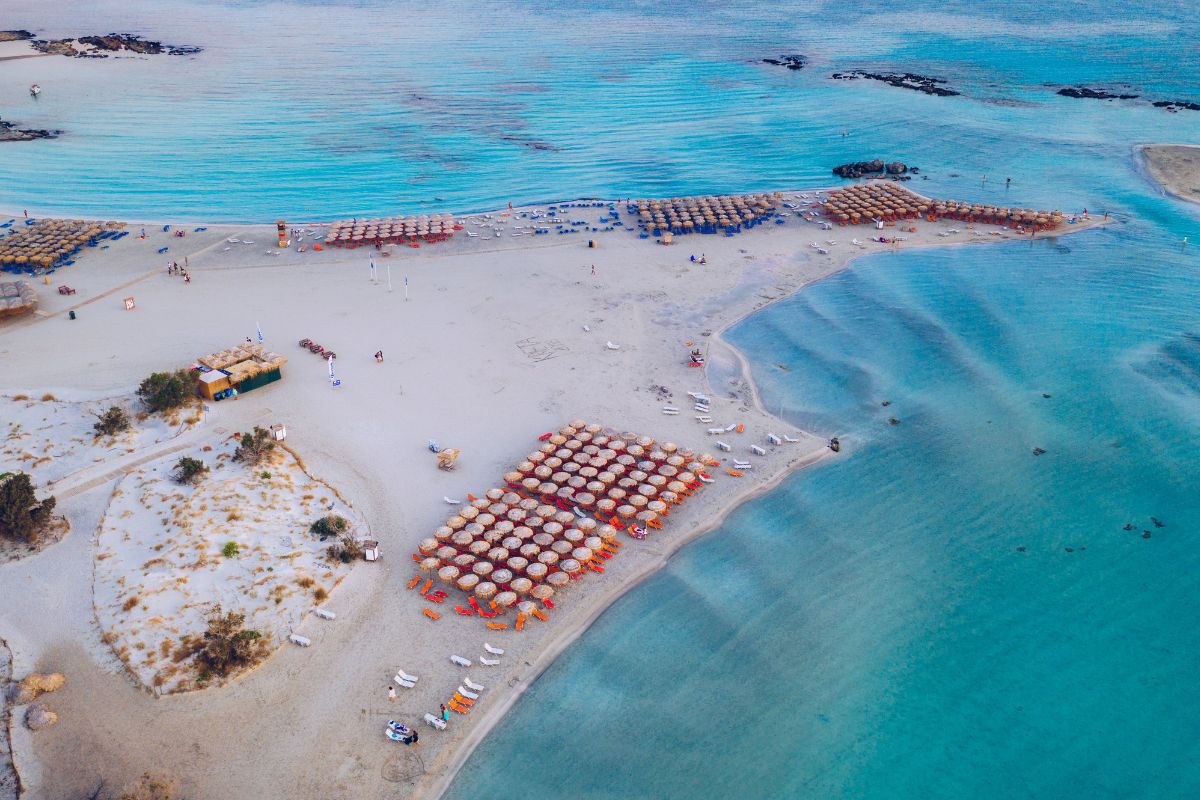
Navigating Crete: Transportation Tips
When it comes to navigating Crete, there are a few transportation tips to keep in mind. Consider your preferences and budget when deciding whether to rent a vehicle or use public transport to navigate Crete.
Renting a Vehicle vs. Using Public Transport
When it comes to getting around Crete, you have the option of renting a vehicle or using public transportation. Renting a car gives you the freedom to explore the island at your own pace and access off-the-beaten-path locations. Crete is a safe place for driving, and the roads are well-maintained. Rental cars are readily available at the airports and major towns on the island. On the other hand, if you prefer a more relaxed and budget-friendly option, public transportation is a viable choice. Crete has a reliable bus system that connects major towns and attractions.
Must-Visit Places in Crete
Discover the best things Crete has to offer, from historical sites to great restaurants along the miles of beautiful beaches. If you visit Crete, you will realize that it is a safe and captivating destination, promising an incredible adventure rich in mythology and history.
Elafonissi Beach
Balos Lagoon
Balos Lagoon is another must-visit destination for beach enthusiasts in Crete. Located on the northwestern coast of the island, Balos Lagoon is famous for its pristine white sand and mesmerizing turquoise waters. The lagoon is a natural paradise, surrounded by rugged cliffs and offering panoramic views of the Aegean Sea. Accessible only by boat or a long hike, Balos Lagoon offers a secluded and tranquil escape from the crowds. The crystal-clear waters are perfect for swimming, snorkeling, or simply basking in the sun.
Samaria Gorge
For outdoor enthusiasts, a visit to the Samaria Gorge is a must. Located in the White Mountains of Crete, the Samaria Gorge is one of the longest gorges in Europe and offers a breathtaking hiking experience. The gorge stretches for 16 kilometers, taking you through stunning landscapes, including towering cliffs, ancient cypress and pine forests, and the abandoned village of Samaria. The highlight of the hike is reaching the “Gates,” where the gorge narrows to just 13 feet but rises over 1,500 feet high. The Samaria Gorge is a paradise for nature lovers, offering the chance to spot unique flora and fauna along the way. Be prepared for a challenging but rewarding adventure as you immerse yourself in the natural beauty of Crete.
Knossos Palace
No trip to Crete would be complete without a visit to the Palace of Knossos, the largest and most elaborate Minoan palace on the island. Located near the modern city of Heraklion, the palace is an archaeological site that offers a fascinating glimpse into the ancient Minoan civilization. Explore the labyrinthine corridors, grand courtyards, and intricate frescoes that adorn the palace walls. Learn about the rich history and mythology associated with the palace, including the mythical Minotaur. The Palace of Knossos is a testament to the advanced civilization that once thrived on the island, and it is a must-visit destination for history buffs and anyone interested in the ancient world.
Heraklion Archaeological Museum
The Heraklion Archaeological Museum is a treasure trove of artifacts from the Minoan civilization, one of the most advanced and enigmatic cultures of the ancient world. Located in the city of Heraklion, the museum houses a vast collection of objects spanning thousands of years, from Neolithic times to the Roman era. Marvel at the intricately carved statues, exquisite pottery, and colorful frescoes that provide insights into the art, religion, and daily life of the Minoans. The museum’s most famous exhibit is the Phaistos Disc, a clay disc adorned with mysterious symbols that have yet to be fully deciphered.

Experiencing Cretan Culture and Cuisine
Crete offers a rich cultural experience that goes beyond its stunning landscapes.
Attending Traditional Festivals and Events
Crete is renowned for its vibrant festivals and events, which offer a unique glimpse into Cretan culture and traditions. One of the most famous festivals is the Carnival, a colorful celebration that takes place in February or March. During this time, the streets come alive with parades, music, dancing, and elaborate costumes. Another popular festival is the grape harvest festival, where locals gather to celebrate the harvest with traditional music, dancing, and grape stomping. The Easter celebrations in Crete are also a sight to behold, with candlelit processions and traditional religious ceremonies.
Culinary Delights Not to Miss
Crete is a food lover’s paradise, offering a wide range of culinary delights. The island’s local cuisine is known for its fresh and flavorful ingredients, including olive oil, herbs, and locally sourced produce. Don’t miss the opportunity to try traditional Cretan dishes such as dakos, a salad made with barley rusks, tomatoes, and feta cheese, or moussaka, a layered dish with eggplant, minced meat, and béchamel sauce. Seafood lovers will be delighted by the abundance of fresh fish and seafood available in the coastal villages.

